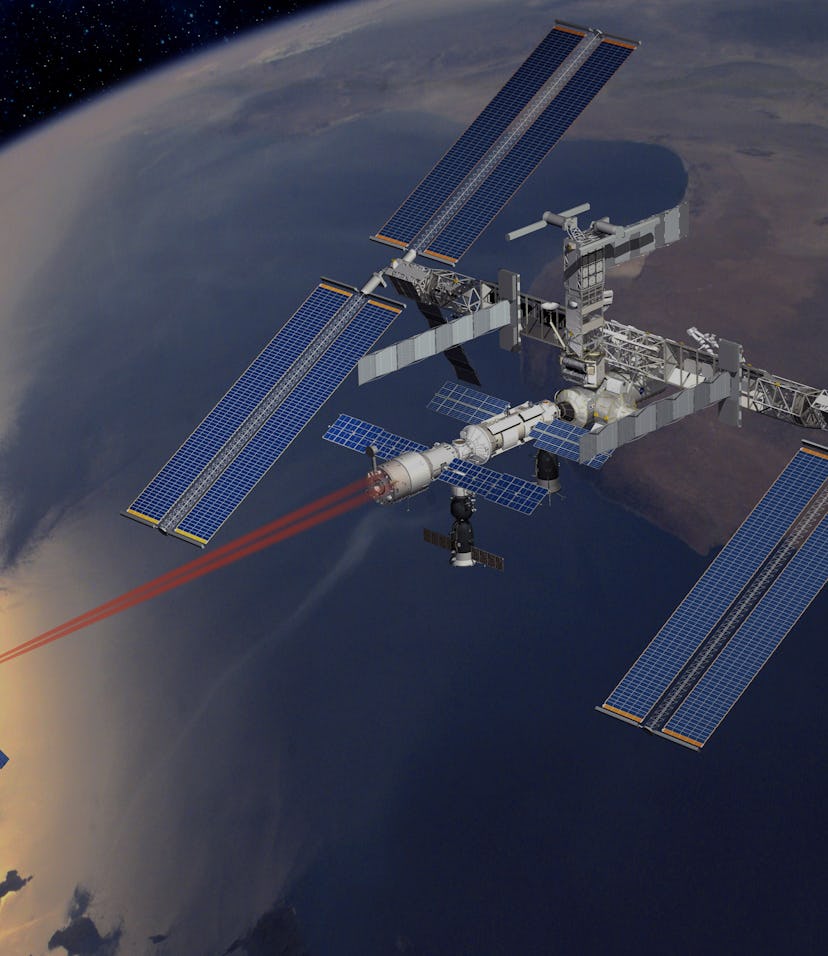Tech
Radiation-absorbing mold could help get humans to Mars unscathed
Scientists have discovered that mold from Chernobyl, Ukraine, feeds on radiation to grow and could aid interplanetary exploration.

Scientists have discovered that fungus growing in the Chernobyl exclusion zone can block harmful radiation in space, with a potential application of someday being used on a deep-space trip to Mars. Studies have shown that humans may absorb 60 percent of the maximum lifetime dosage of radiation in a single round trip to Mars, so finding ways to block it are key.
Mars is an important target for exploration because it has the most similar planetary environment to Earth in our solar system. It's believed that Mars once had a thicker atmosphere that could, potentially, have supported life.
The fungus found near Chernobyl, Ukraine, is called Cladosporium Sphaerospermum and manages to thrive in the radiation-laden environment by performing what researchers theorize is "radiosynthesis," in which the fungus converts gamma rays into chemical energy instead of light rays like regular, photosynthesizing organisms. Researchers took some of the fungi up to the International Space Station (ISS) in Petri dishes to test how it might block space radiation. The results are pretty exciting.
Mold is actually good – Even with a thin layer of fungi, radiation levels near the Petri dishes dropped by nearly two percent compared to a control area. The team reasoned that you could increase the effectiveness even more simply by increasing the thickness of the fungi and surrounding an object in it to "significantly shield against space radiation." An 8-inch layer could "largely negate" the annual dose of radiation you'd get on Mars.
Self-replicating protection – Other materials already exist that can block radiation, like lead. But fungus can be grown in space just by adding nutrients, so in theory, a small amount could be used to grow enough to surround a base on the Red Planet. Also, lead is extremely heavy.
A mere 3.8-inches of fungus would do as good a job of blocking radiation as our own magnetic fields on Earth. If we do eventually end up living on Mars, it sounds like we'll all be living in something covered in mold. Which still sounds more appealing than living beneath a lead dome, or having to wear lead-lined suits.